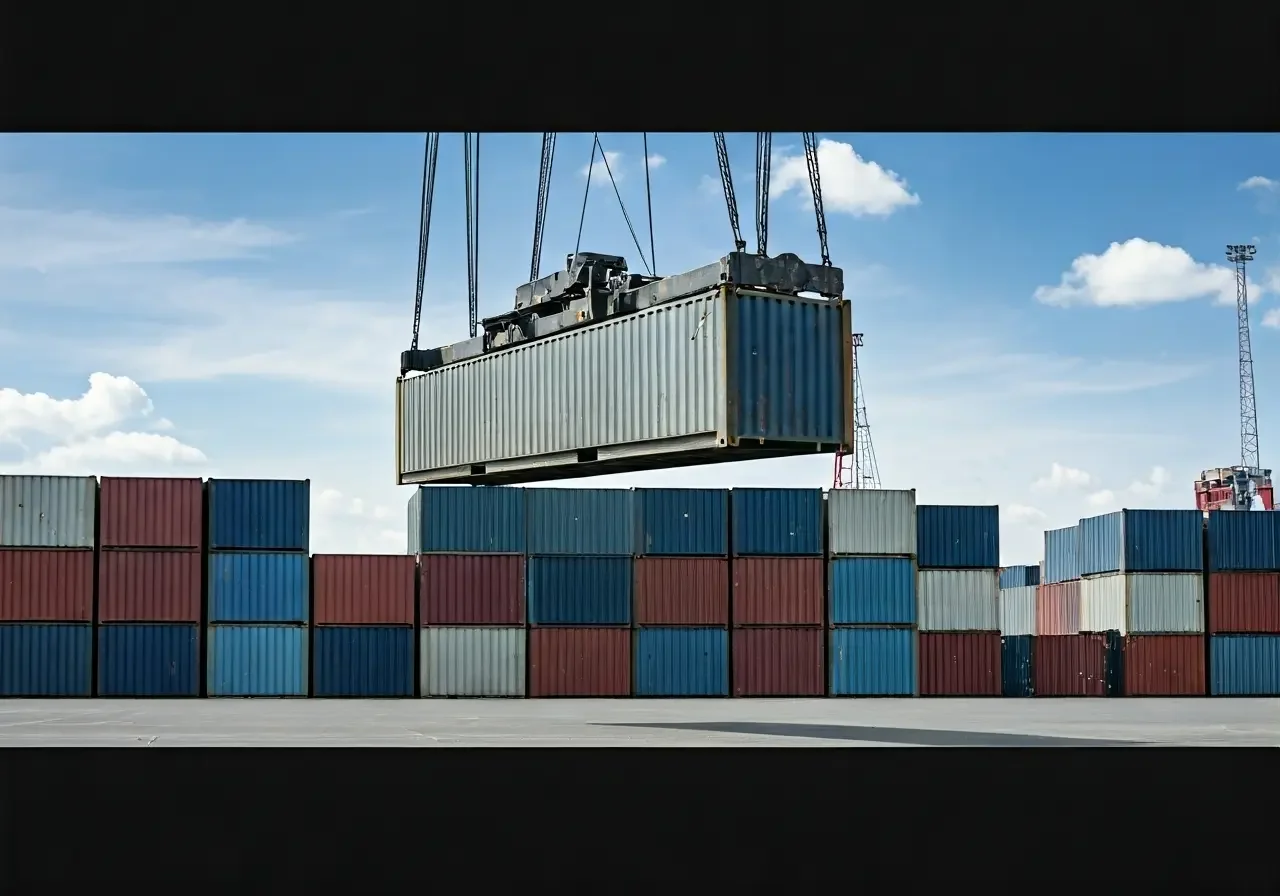What Are Common Challenges in Container Unloading and How Can They Be Overcome?
Unloading containers at ports and warehouses can be a complex task, presenting various challenges that can slow down operations and increase costs. Understanding these obstacles and learning how to effectively address them is crucial for efficient logistics management. In this blog, we explore the common challenges of container unloading and offer practical solutions to overcome them.
Understanding Logistical Delays
Delays in the logistics chain can disrupt unloading schedules, often caused by incorrect documentation or external factors such as traffic and weather conditions. To mitigate these issues, implementing a robust pre-planning process and ensuring proper documentation can lead to smoother operations.
The complexities of logistics often stem from unpredictable elements. For instance, it’s important to factor in potential weather forecasts to anticipate delays. By using technology that offers real-time tracking and alerts, such as GPS and logistics management software, businesses can effectively manage expectations and proactively address issues.
Documentation errors can create massive bottlenecks. Streamlining paperwork with a digital management system can vastly reduce mistakes, ensuring that all information is accurate and up-to-date. This improves communication across various departments to ensure everyone is on the same page and minimizes miscommunication.
Ensuring Safety During Operations
Safety is a top priority when handling heavy containers. Encourage a safety-first culture by providing regular training to staff and implementing strict safety protocols to prevent accidents and ensure the well-being of all personnel involved.
Creating a culture of safety starts with engagement from all levels of the organization. Workers should be encouraged to report potential hazards without fear of penalty. Continuous safety audits can also help to identify unsafe conditions or practices, allowing for timely interventions that prevent injuries.
Investing in equipment such as ergonomic tools and protective gear is a straightforward approach to enhancing safety. Maintaining machines in prime condition minimizes the risk of operational hazards. When machines are consistently checked and serviced, efficiency and safety both flourish.
Optimizing Labor Management
Efficient labor management is crucial in container unloading. Utilize flexible staffing solutions and shift scheduling to adapt to the demands of unloading activities, reducing idle time and enhancing productivity.
Understanding the workload peaks and troughs can help in deploying the right number of staff at any given time. Advanced workforce management software can support these efforts by providing insights into labor needs, thus ensuring that the right personnel with necessary skill sets are on hand.
However, it's not just about numbers. Emphasizing team building and staff morale can go a long way. Happy, engaged workers are generally more productive and less likely to contribute to errors. Incentives and recognition for hard work can motivate teams to maintain high performance levels, especially during stressful periods.
Maintaining Equipment Efficiency
Regular maintenance of unloading equipment is essential to prevent breakdowns. Establish a routine maintenance schedule and invest in high-quality machinery to ensure seamless operations and minimize downtime.
Equipment efficiency isn't just about longevity; it's about performance too. Smart sensors and IoT technology allow managers to keep tabs on equipment health in real-time, offering predictive insights that preempt failures. This minimizes costly delays and promotes reliability in operations, ensuring swiftness and precision in unloading.
Implementing Advanced Technology
Adopting technology such as automation and software solutions can greatly enhance unloading efficiency. These tools can streamline processes, improve tracking, and provide data analytics to optimize the entire supply chain.
For businesses looking to stay ahead, investing in automation technologies offers a competitive edge. Automated systems speed up unloading and reduce manual errors by providing real-time information and analytics that keep logistics exploratory and progressive.
Additionally, software solutions can optimize supply chain visibility. Logistical flow can be monitored remotely, and decision-makers are empowered with instant information. Integrated systems that communicate seamlessly across departments eradicate redundant efforts, focusing all energies toward sustainable efficiency.
Effective Strategies for Overcoming Unloading Challenges
Container unloading challenges can be daunting, but with the right strategies in place, these obstacles can be overcome. By fostering a strong safety culture, optimizing labor management, ensuring equipment efficiency, and adopting advanced technology, logistics operations can become more streamlined and cost-effective, ultimately boosting productivity. To learn more about how we can help your business, visit our homepage.

